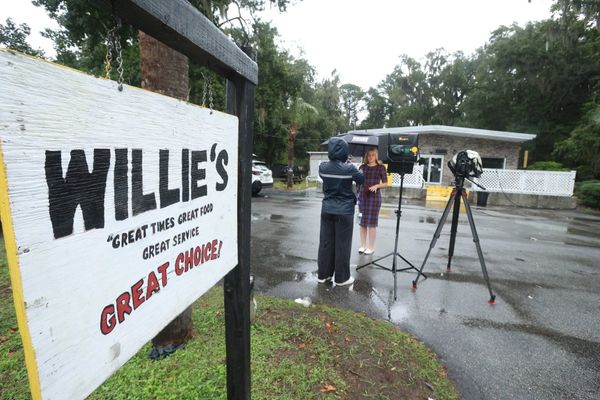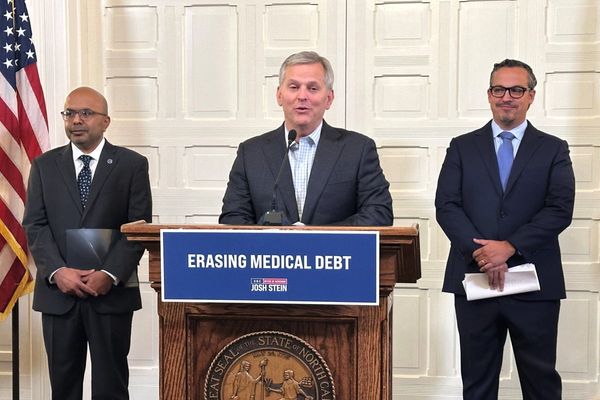Ultragenyx Pharmaceuticals took another hit Monday when the Food and Drug Administration rejected its gene therapy for patients with a rare, genetic disorder called Sanfilippo Syndrome.
The FDA noted problems in the chemistry, manufacturing and controls section of the application for the drug called UX111. UX111 aims to treat some patients with Sanfilippo Syndrome. In this condition, the body can't break down specific sugars. These leads to a buildup in various tissues and organs, causing progressive neurological damage.
The problems in the application are resolvable, Ultragenyx says. They are related to facilities and processes, rather than the drug itself, Leerink Partners analyst Joseph Schwartz said in a report.
But the timing is less than ideal. Last Thursday, Ultragenyx stock took a header after its experimental treatment for brittle bone disease missed its mark in a second interim look.
"This program is not core to our thesis for the stock and this appears addressable, though we note that this does not help the recent negative sentiment on the name," Schwartz said in a report Monday after the Sanfilippo rejection.
Ultragenyx stock closed down 1% at 29.23 after falling more than 4% in premarket trades. That followed a 25%-plus dive on Thursday and another nearly 5% tumble on Friday.
Ultragenyx Has A Bigger Problem
The bigger problem for Ultragenyx Pharmaceuticals relates to its topline, Wedbush analyst Laura Chico said in a report.
When a company wins FDA approval for a drug that treats some rare diseases, the agency awards that company a priority review voucher. Priority review vouchers, or PRVs, can be used to speed up the development timeline for drugs. Ultragenyx had been planning to sell its three priority review vouchers — after the approvals of drugs called UX111, DTX401 and setrusumab — for about $150 million apiece.
However, with the announcement last week that the brittle bone disease treatment, setrusumab, will continue onto a final analysis in the fourth quarter, "the timing of the UX111 (rejection) is far from ideal," Chico said.
Existing revenue drove 80% to 85% of Ultragenyx's guidance that it would reach profitability by 2027.
"So while UX111 revenue contribution is minimal there is a longer expense revenue," she said. "PRVs will only be granted for drugs gaining approval by September 30, 2026 as FDA sunsets the program. Thus, we see risk to RARE's PRV monetization strategy should additional delays manifest."
She lowered her price target on Ultragenyx Pharmaceuticals to 34 from 35 and reiterated her neutral rating.
Follow Allison Gatlin on X/Twitter at @AGatlin_IBD.







